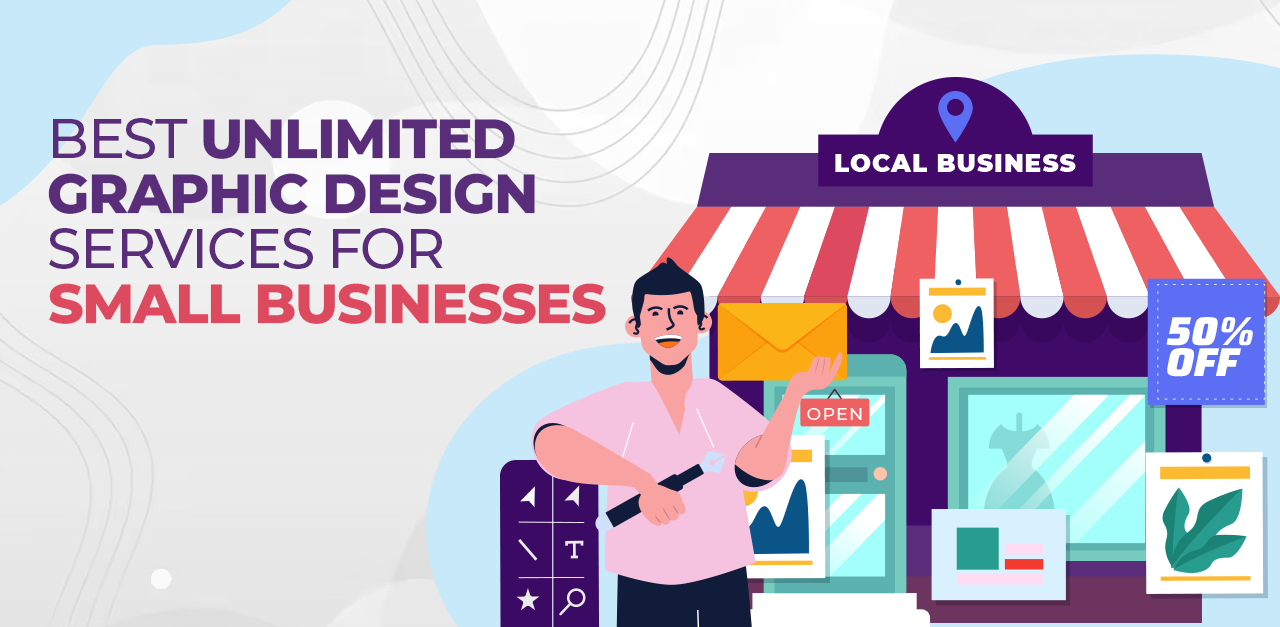
Is poster marketing even worth it in 2023? Direct mail marketing has a 37% greater response rate than digital mail, and 82% of consumers say they trust print advertisements the most when making a purchase decision. Therefore, print advertising, including posters, is an invaluable marketing tool for small businesses. Poster marketing is a brilliant way […]











